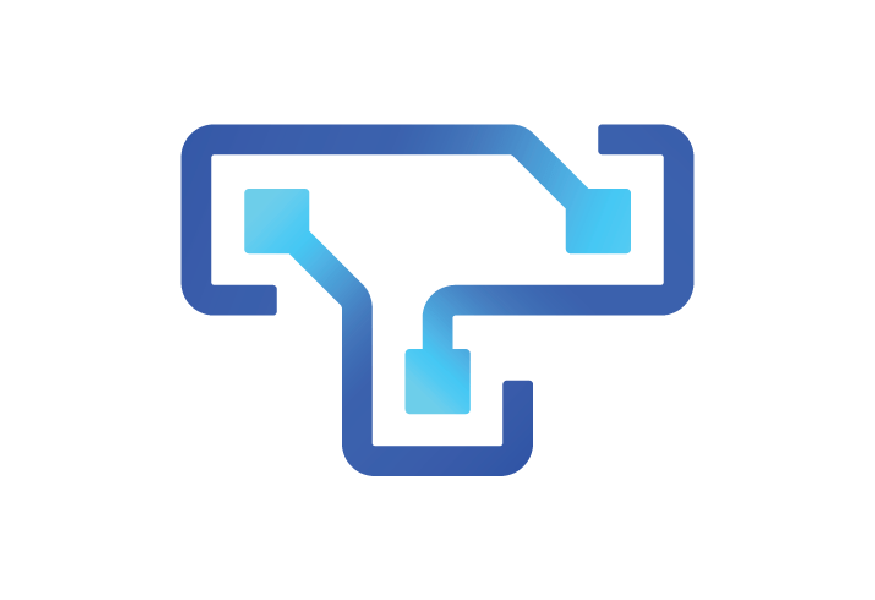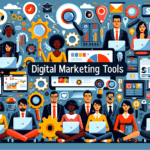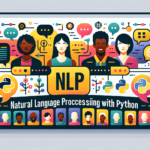Introduction
In the rapidly evolving landscape of the 21st century, technology is not just advancing; it’s transforming the way we live and work. Software companies, standing at the vanguard of this technological revolution, must constantly adapt to a plethora of emerging trends and innovations. This blog dives deep into the latest technological trends shaping the future and discusses their implications for software companies.
The Rise of AI and Machine Learning
Transforming Development Processes
Artificial Intelligence (AI) and Machine Learning (ML) have transcended the realm of buzzwords to become pivotal elements in software development. AI-driven development tools are revolutionizing the software industry in several ways:
- Efficient Coding Processes: AI algorithms are enabling developers to write code more efficiently, reducing the time and effort involved in coding.
- Predictive Bug Detection: Machine learning models can predict and identify potential bugs in the code, allowing for preemptive fixes and thus improving software quality.
- Automated Code Reviews: AI tools are being developed to perform code reviews, ensuring coding standards are consistently met.
Personalized User Experiences
The use of AI and ML extends beyond the backend. These technologies are shaping how users interact with software:
- Tailored User Interfaces: By analyzing user interactions and preferences, AI can customize user interfaces to individual users, enhancing the user experience.
- Predictive User Support: AI algorithms can predict user issues and provide proactive support, improving user satisfaction.
The Emergence of the Internet of Things (IoT)
Interconnected Devices
The IoT revolution is creating a world where everyday objects are connected to the internet, leading to a paradigm shift in software development:
- Cross-Device Compatibility: Software companies need to ensure their applications are compatible across a range of devices, from smartphones to smart home devices.
- Real-Time Data Processing: IoT demands software capable of processing real-time data from various sensors and devices.
Data Security Challenges
The proliferation of IoT devices raises significant security concerns:
- Robust Security Protocols: With the increase in device interconnectivity, software companies need to implement stronger security protocols to prevent data breaches.
- Secure Data Transmission: Ensuring secure data transmission between devices is paramount, requiring advanced encryption and security measures.
Blockchain Beyond Cryptocurrencies
Decentralized Applications (DApps)
Blockchain technology is finding applications beyond cryptocurrencies:
- Supply Chain Management: Software companies are using blockchain to create transparent and efficient supply chain management systems.
- Secure Voting Systems: Blockchain is being explored for creating tamper-proof voting systems, enhancing the integrity of electoral processes.
Enhanced Security and Transparency
Blockchain offers exceptional security features:
- Immutable Records: The immutable nature of blockchain makes it ideal for applications requiring secure, unalterable records.
- Transparent Transactions: Blockchain’s transparent nature builds trust, particularly in applications involving multiple stakeholders.
Cloud Computing and Edge Computing
Cloud-Native Applications
The shift towards cloud computing is changing the software landscape:
- Scalability and Flexibility: Cloud-native applications offer unparalleled scalability and flexibility, enabling software companies to adapt quickly to changing demands.
- Cost-Effective Solutions: Cloud computing reduces the need for expensive hardware, lowering the barrier to entry for software startups.
Edge Computing
Edge computing is addressing the limitations of cloud computing:
- Reduced Latency: By processing data closer to the source, edge computing drastically reduces latency, essential for real-time applications.
- Bandwidth Optimization: Edge computing minimizes the bandwidth needed for data transmission, easing network loads.
The Advent of 5G Technology
Faster Connectivity
The arrival of 5G is set to revolutionize the internet:
- Enhanced Speeds: 5G offers significantly higher speeds and more reliable connections, impacting how software is developed, particularly for data-intensive applications.
- Revolutionizing AR and VR: With 5G, augmented reality (AR) and virtual reality (VR) applications will become more feasible and widespread, offering software companies new avenues for innovation.
New Opportunities
5G opens a realm of possibilities:
- IoT Advancements: The increased speed and reliability of 5G will advance IoT applications, requiring software companies to develop more sophisticated IoT solutions.
- Enhanced Mobile Experiences: The improved capabilities of 5G will enable more complex and immersive mobile experiences, pushing mobile app development to new heights.
The Growing Importance of Cybersecurity
Rising Cyber Threats
As technology evolves, so do cyber threats:
- Advanced Cybersecurity Measures: Software companies must incorporate sophisticated cybersecurity measures to protect against increasingly complex cyber threats.
- Continuous Security Monitoring: Ongoing monitoring and updating of security protocols is essential to safeguard software against new vulnerabilities.
Regulatory Compliance
With increasing data privacy concerns:
- Compliance with Regulations: Software companies must ensure their products comply with various data privacy laws like GDPR, necessitating a thorough understanding of legal requirements.
The Sustainability Trend
Eco-Friendly Software
Sustainability is becoming increasingly important:
- Energy-Efficient Software: There’s a growing emphasis on developing software that is not only efficient in performance but also in energy usage.
- Green Data Centers: Software companies are looking towards green data centers to reduce their environmental impact.
Conclusion
For software companies, the future is both bright and challenging. Staying ahead of the curve requires not just adaptability and innovation but also a deep understanding of how these trends affect customers and the industry. By embracing these emerging technologies, software companies can remain competitive and play a crucial role in shaping the future of technology.




